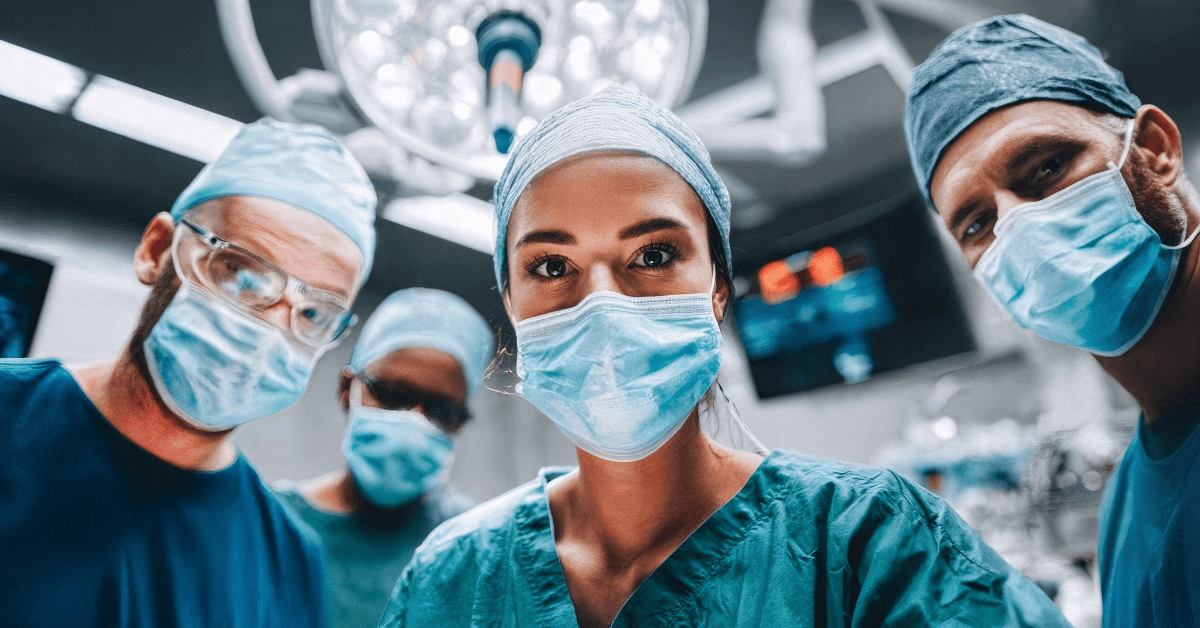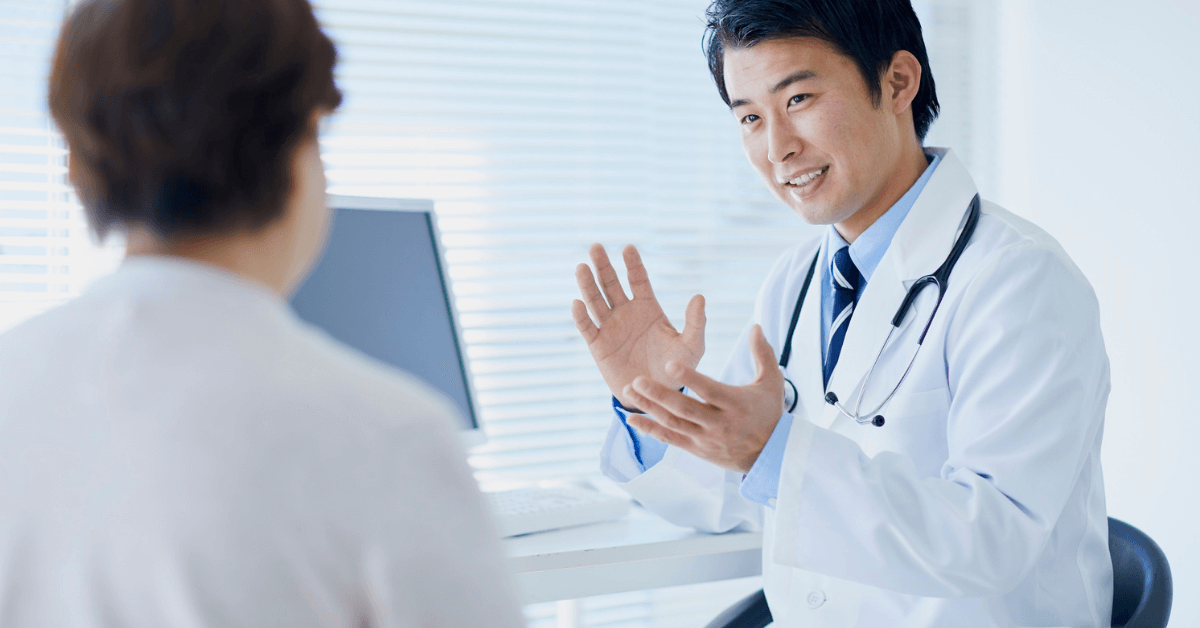Thrombosed Hemorrhoids Overview
Learn about the Thrombosed hemorrhoids treatment. From home remedies to surgery. Can thrombosed hemorrhoids go away without treatment? But how to know the warning signs and treatment options?
Hemorrhoids (piles) are common in people including young adults. Refer to internal or called external hemorrhoids. They can occur inside the rectum or under the skin around the anus.
Internal Hemorrhoids
They are inside the rectum and not visible or palpable called internal hemorrhoids. Straining or irritation of the lower rectum when you poop can cause discomfort. Internal and external hemorrhoids will rarely have other symptoms.
External Hemorrhoids vs Thrombosed Hemorrhoids
Thrombosed hemorrhoids develop under the skin around the anus. Particularly, when a blood clot forms inside an external hemorrhoid. Eventually causes severe pain, swelling, and bleeding.
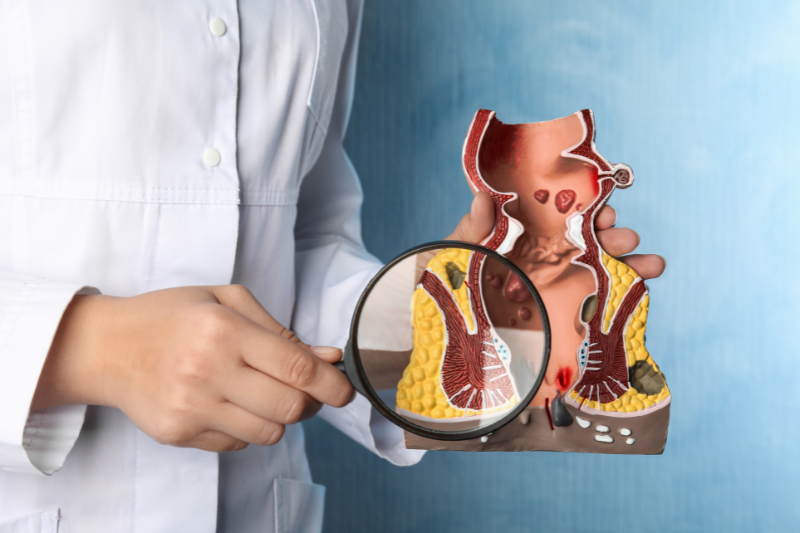
What is a Thrombosed Hemorrhoid?
A thrombosed hemorrhoid (external hemorrhoidal thrombosis) is a blood clot that forms inside a hemorrhoid. Precisely, a swollen vein in the anus or rectum.
Most of them are external hemorrhoids. However, in rare cases, they also develop as internal hemorrhoids. Particularly, caused by increased pressure on blood vessels in the anal area, such as from constipation or prolonged sitting.
Symptoms of Thrombosed Hemorrhoids
Bleeding and Discharge
Thrombosed hemorrhoids may cause rectal bleeding or discharge. If you experience rectal bleeding or hemorrhoids that don’t improve after a week of home care, seek medical attention.
Pain and Discomfort
Usually appears as a small lump on the outside of the anus. The blood clots inside will make it appear dark and bluish. Symptoms of thrombosed hemorrhoids include pain, itching, and bleeding.
Swelling and Inflammation
Thrombosed hemorrhoids can cause swelling and inflammation around the anus. As well as discomfort, and difficulty with everyday activities. Such as walking, sitting, or going to the toilet.
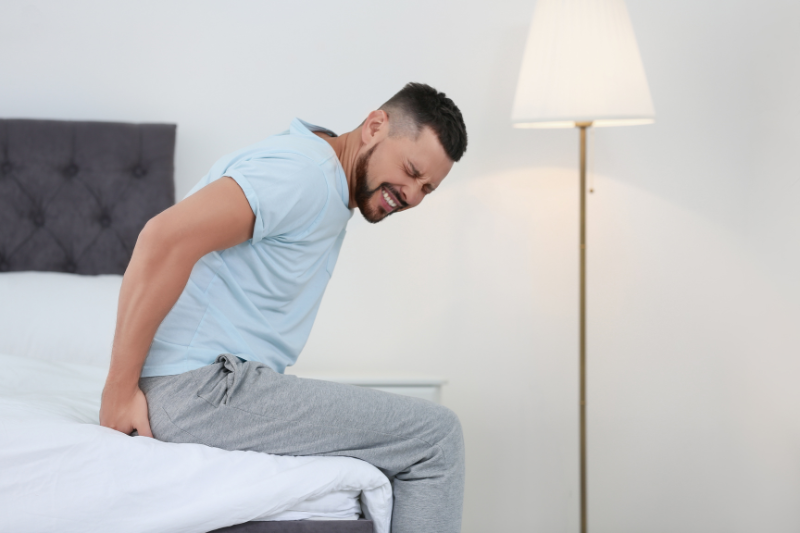
Causes of Thrombosed Hemorrhoids
Increased Straining
Due to pressure on the veins around the anus or swollen veins. Such as preventing bowel movements, constipation, straining during bowel movements, high fiber foods, or sitting for too many long periods. However, a low fiber diet can lead to constipation or straining during bowel movements.
Eventually increasing the risk of developing hemorrhoids, anal cancer, anal fissure, and anus tend.
Poor Lifestyle
Certain conditions, such as obesity, pregnancy, and chronic constipation or diarrhea. Also, increase the risk of developing hemorrhoids.
Hemorrhoids can occur inside the anal canal (internal hemorrhoids). On the other hand, outside the anal canal of the anus or near the anal region.
Medical Conditions
People develop blood clots, particularly those having acute hemorrhoidal disease. Due to various factors, including increased pressure and straining.
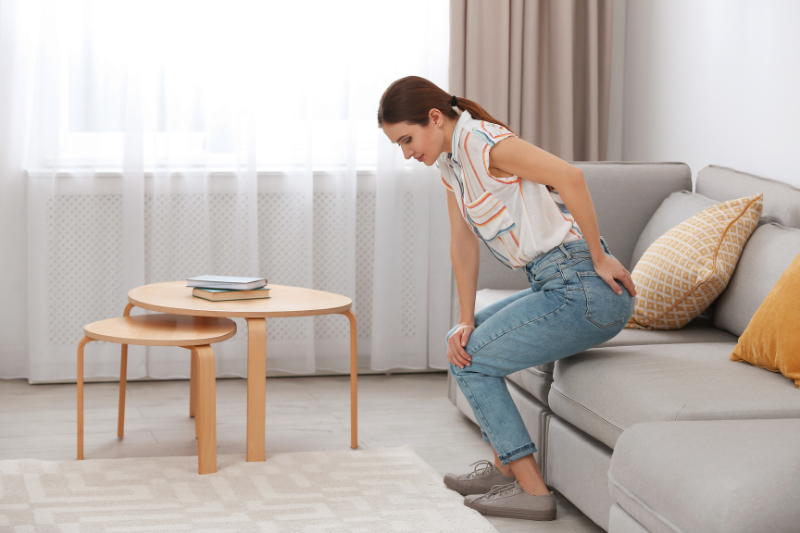
Can Hemorrhoids Pop or Bleed?
Though hemorrhoids can burst, these won’t pop like a pimple. These are way different than a boil or pimple. These are enlarged and inflamed rectal veins. They can only burst in rare cases, secreting blood. Wondering when that can happen? Hemorrhoids burst once they bulge and are painful. They build up pressure, gradually swelling more and more until they pop to release puss or blood.
Most people experience severe pain when a hemorrhoid leads to bursting. They seek medical attention because of the severe symptoms of thrombosis, addressing the issue before it can burst.
Should You Try to Pop a Hemorrhoid?
Never try popping them on your own. If you feel like it’s severe enough to burst, call your doctor and consult with them. They can better analyze the situation and advise on the right treatment. However, keep in mind that the doctor can help relieve the pain if you call within 48 to 72 hours of the thrombosed hemorrhoid formation.
Popping a thrombosed hemorrhoid either between your fingers or with a pin can give painful symptoms that can relieve pain and only make relieve pain of your situation worse. Consult with your professional and learn about the different hemorrhoid treatments. The most common treatment for thrombosed hemorrhoids is the CRH O’Regan System.
Can Hemorrhoids Bleed?
Once it pops, they begin bleeding which can last from a few seconds to a few minutes, a maximum of ten minutes. You might have a temporary relief while busting it due to blood flow. If you don’t feel any such sensation, then you might have bleeding instead of bursting. Bleeding of a thrombosed hemorrhoid is quite a rare situation, which is a medical emergency. Death of the surrounding skin cells or ulceration are the main reasons for this.
Symptoms of Bleeding Hemorrhoid
Hemorrhoids might bleed during bowel movements, secreting bright red blood. However, if you notice darker blood release during bowel movement. Check with your doctor, as it will most likely be due to a gut-related issue. Other common symptoms during bowel movement include:
- Difficulty properly cleaning your anus after opening your bowels.
- The feeling of a stuck stool or itchy anus or irritation around your anus.
- Discharge from the anus, similar to mucus or feeling pressure or a lump or bulge around your anus.
The bursting of thrombosed hemorrhoids also produces dark blood, even with clots. So, if you don’t experience pressure release after the discharge of dark-colored blood. Most likely you have a gut issue. Otherwise, it’s a thrombosed hemorrhoid busting.

How to Treat Bleeding Hemorrhoids?
You can treat bleeding hemorrhoids at home with specific techniques. First, avoid straining at all costs and try stool soft different methods. These might include a high fiber diet, drinking more water, and passing stools. Especially when feeling the urge to, or taking an over-the-counter laxative, like methylcellulose or psyllium husk.
You can also take a sitz bath or apply topical creams to reduce the burning sensation, pain, or itchiness. When wiping off with dry toilet paper, you may increase bleeding instead of reducing it or cleaning yourself.
Medical Treatments for Bleeding Hemorrhoids
Sclerotherapy
Doctors inject phenol into the tissues surrounding the base of your hemorrhoid. This stimulates the development of scar tissue, which restricts the hemorrhoid’s blood supply. After multiple injections, they will shed off.
Rubber Band Ligation
Doctors place a tiny rubber band around the base of the bleeding hemorrhoids to restrict its blood supply. Within three to ten days of treatment, they will shed off.
Laser, or Infrared Coagulation
It is a more advanced treatment that includes laser, infrared light, or electrical energy. Eventually causing it to shrink and fall off. Normally, medical staff apply local anesthesia before treatment to numb the area.

FAQs
What is the Outlook for Burst Hemorrhoids?
Though burst hemorrhoids aren’t that serious, extreme pain and the amount of blood released can trigger alarming situations. Thrombosed hemorrhoids are usually extremely painful until they burst. If you don’t feel extreme pain even before bleeding. It is likely an irritated, inflamed hemorrhoid rather than a thrombosed one that has burst.
How do I Know if a Hemorrhoid Bursts?
Warning signs and symptoms of ruptured hemorrhoids include a painful lump at the anal opening or anal region. Additionally, persistent rectal bleeding and irritation, and swelling around the anus.
Is it Possible to Burst a Hemorrhoid?
An external hemorrhoid can burst if it becomes thrombosed, resulting in a blood clot forming within it. This may cause a hard, painful lump to appear outside the anus.
Hemorrhoids can pop or bleed in severe cases. However, never pop them on your own. If you feel intense pressure on the veins and can foresee hemorrhoid popping anus bleeding at any time. Don’t wait for a few weeks, rush to the doctor for help. In case of bleeding, you can try multiple home remedies.
For instance cold compress, warm baths, topical creams (witch hazel) stool softeners. Additionally, try wet cleaning methods to reduce pain. Take fiber supplements, or eat high fiber foods to prevent hemorrhoids. If none of them works, doctors might suggest undergoing medical treatments. To shut off the two blood vessels that clot and supply to the hemorrhoid, leading to its shedding.
Individuals should consult with board-certified surgeons surgeon to evaluate their case and get recommendations for the best-suited laser treatment.

